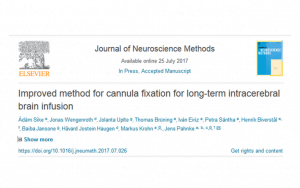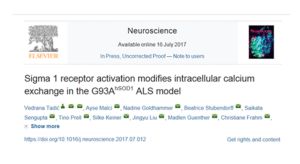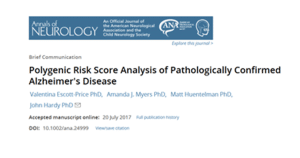An international research team has identified a new type of neuron which might play a vital role in humans’ ability to navigate their environments. The discovery is an important step towards understanding how the brain codes navigation behaviour at larger scales and could potentially open up new treatment strategies for people with impaired topographical orientation such as Alzheimer’s patients.
The study was published in Nature Communications.
The ability to make fine-grained assessments of location is seated in the hippocampus, located in the temporal lobe. Research shows that the precise mechanism for navigation includes hippocampal place cells, which increase or decrease in electrical activity depending on one's location.
Building on current research, the researchers investigated how large scale navigational knowledge is coded within the brain and whether this process indeed occurs in different structures within the temporal lobe.
They did this by training rats to perform a visually guided task in a figure-8 maze consisting of two loops that overlap in the middle lane. During the experiment, the researchers measured electrical activity in the brain by using a novel instrument which allowed the researchers to simultaneously record groups of neurons from four different areas. They recorded from the perirhinal cortex, hippocampus and two sensory areas. Recordings from the perirhinal cortex revealed sustained activity patterns. The level of electrical activity clearly rose and fell depending on the segment the rats were in and persisted throughout that entire segment.
The results were surprising, the researchers said, because the perirhinal cortex is currently thought to be associated with object recognition. They hypothesize that this represents a new type of neuron that helps the brain distinguish between different areas or ‘neighborhoods’ in the external environment.
The team's results offer a first glimpse into how the brain is able to code navigation behaviour at larger scales and could be especially relevant for people with an impaired capacity for topographical orientation.
In addition to offering new insights into brain mechanisms for spatial navigation at different scales, the results may guide patients with Alzheimer's or other diseases in using other spatial strategies than the ones most severely affected, the researchers say. The findings point to the perirhinal cortex as a target for treatment. Finally, research on neural replacement devices and assistive robots may benefit from this study.
Paper: “Perirhinal firing patterns are sustained across large spatial segments of the task environment”
Reprinted from materials provided by Universiteit van Amsterdam.




